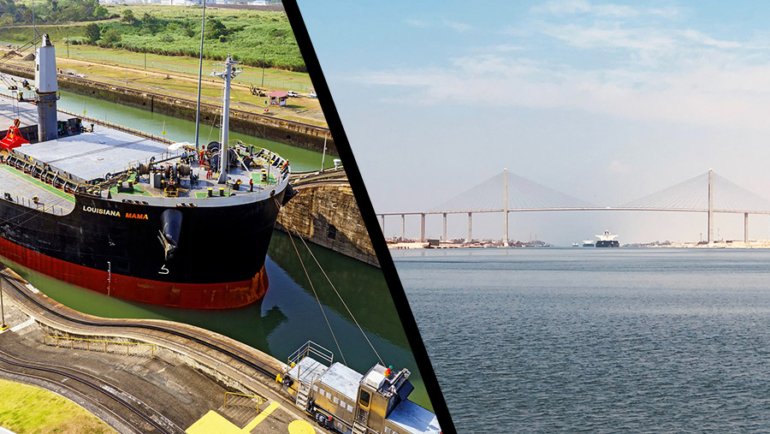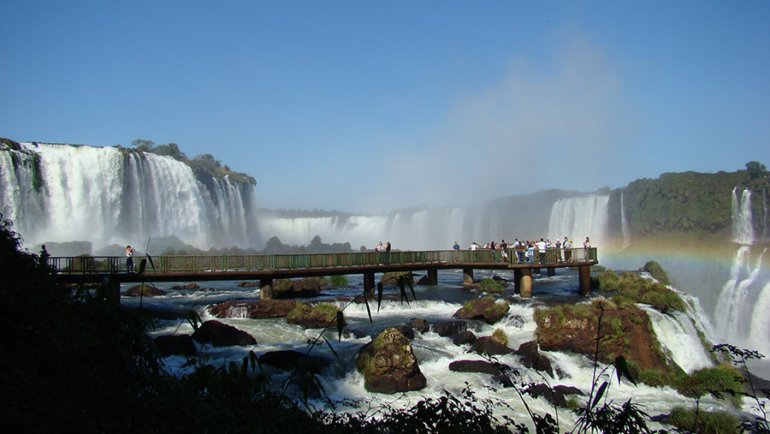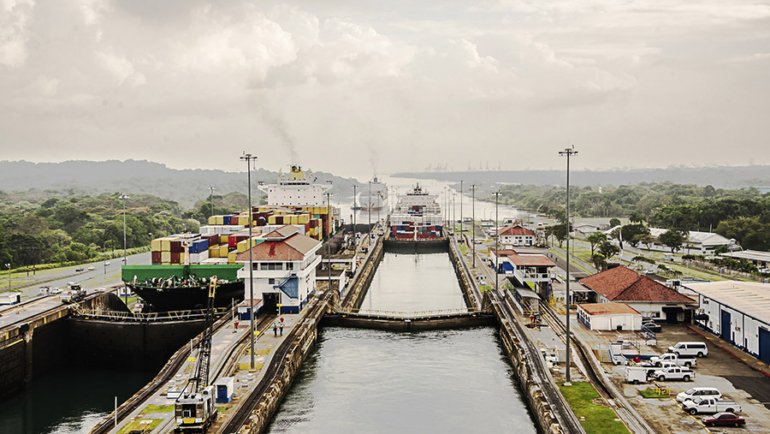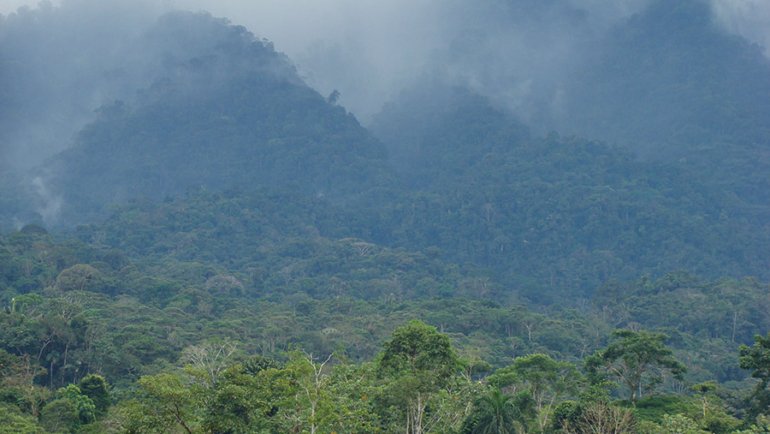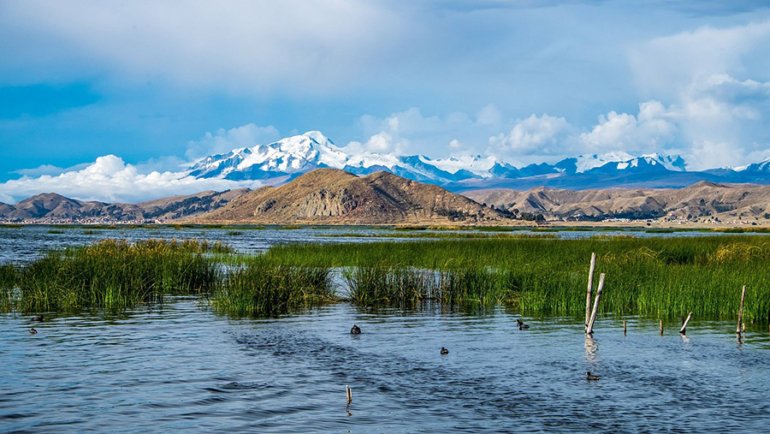Chile, the long, thin country stretching along South America’s western edge, is a land of remarkable contrasts and extreme beauty.
It’s a place where the towering Andes Mountains meet the arid Atacama Desert and vibrant urban life mingles with diverse cultural traditions. Chile’s geographical diversity is as impressive as its resilient spirit and cultural richness.
From its influential people and natural wonders to its notable economic contributions and popular celebrations, Chile leaves an indelible mark on every visitor. In this article, we explore 30 things that Chile is famous for.
Natural Wonders
1. Andes Mountains
Extending the entire length of Chile, the Andes Mountains form the longest continental mountain range in the world.
These majestic mountains with their snow-capped peaks, high-altitude plateaus, and deep valleys provide a stunning backdrop to Chile and are a paradise for outdoor enthusiasts, offering opportunities for trekking, skiing, and mountaineering.
2. Atacama Desert
The Atacama Desert is one of the driest places on Earth. Its otherworldly landscapes of vast salt flats, rugged mountains, and lunar-like valleys have captivated scientists, photographers, and adventurers alike.
Its clear, dark skies make it a premier location for astronomy, hosting several international observatories.
3. Easter Island
Located over 2,000 miles off the Chilean mainland, Easter Island is best known for its moai, massive stone statues built by the Rapa Nui people.
These impressive statues, along with the island’s remote beauty and unique Polynesian culture, make Easter Island a fascinating UNESCO World Heritage site.
4. Torres del Paine National Park
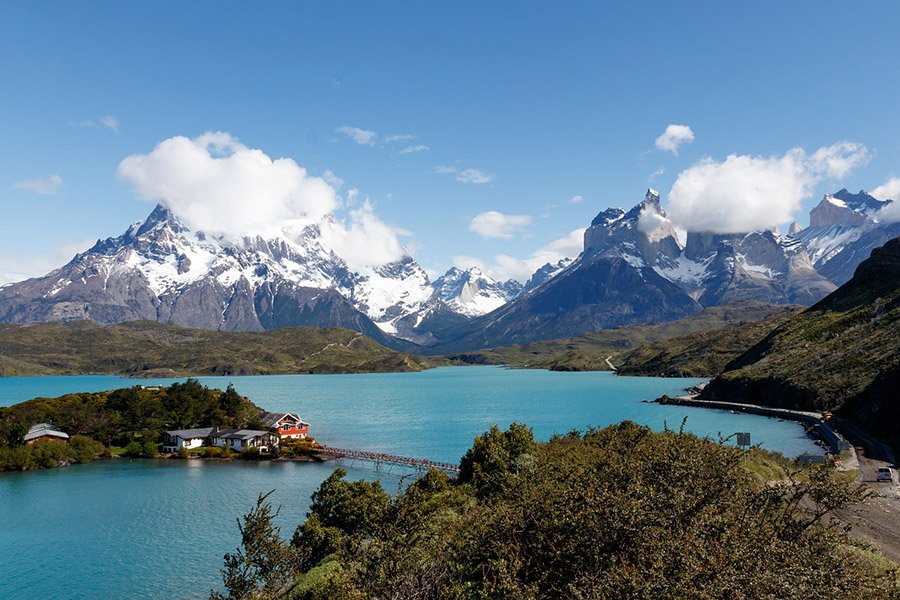
Torres del Paine National Park, located in southern Chilean Patagonia, is renowned for its soaring mountains, bright blue icebergs, and golden pampas.
The park’s diverse landscapes and wildlife, including guanacos, Andean condors, and pumas, make it a prime destination for nature lovers and adventurers around the world.
5. Chiloé Archipelago
Chiloé, with its rolling hills, stilt houses, wooden churches, and myths of magical creatures, offers visitors a unique cultural experience. The Chiloé National Park, known for its dense forests and diverse bird species, is a must-visit for wildlife enthusiasts.
6. Marble Caves
The Marble Caves, located on the General Carrera Lake, are a natural wonder created by thousands of years of wind and water erosion. The swirling marble walls, reflected in the turquoise waters of the lake, create a stunning spectacle that attracts visitors from around the world.
Historic and Touristic Landmarks
7. Santiago
Nestled at the foot of the Andes, Santiago, the capital of Chile, is a vibrant metropolis steeped in history and culture. The city offers a mix of neoclassical architecture, bustling markets, green parks, and a diverse culinary scene.
Iconic sites include La Moneda Palace, Plaza de Armas, and San Cristóbal Hill, which offers panoramic views of the city against the stunning Andean backdrop.
8. Valparaíso
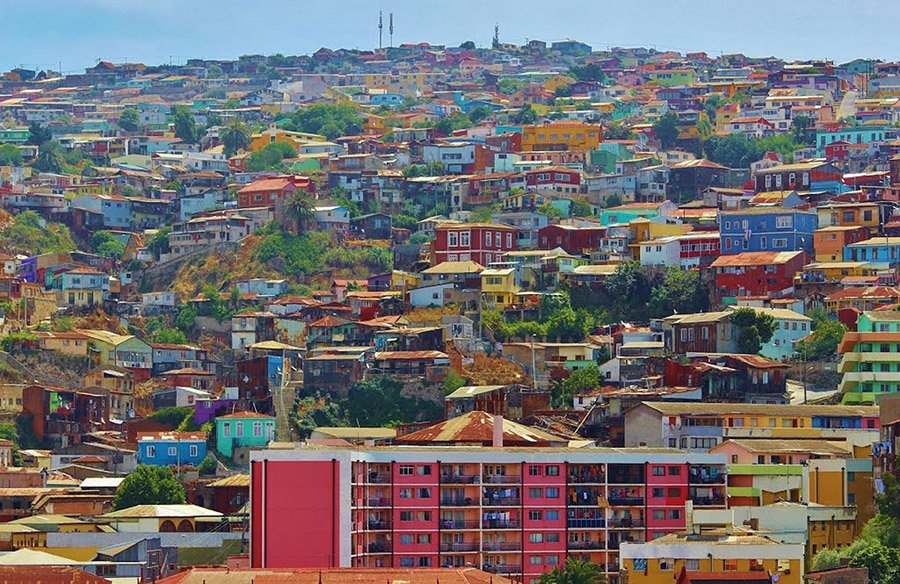
Valparaíso, a port city on Chile’s coast, is a riot of color and charm. Its clifftop homes, painted in a rainbow of hues, the intricate street art, and the historic quarter, a UNESCO World Heritage site, give the city a unique character.
The city’s labyrinthine streets and funiculars, which navigate its steep slopes, offer countless panoramic vistas and hidden gems.
9. San Pedro de Atacama
This small town, located on the high plateau in the Andes Mountains of northeastern Chile, is the gateway to the dramatic landscapes of the Atacama Desert. With its adobe houses, craft markets, and archaeological museum, San Pedro de Atacama offers a blend of natural beauty and cultural richness.
10. Pablo Neruda’s Houses
Nobel laureate Pablo Neruda’s three houses, now museums, provide a glimpse into the poet’s life and inspirations.
La Chascona in Santiago, La Sebastiana in Valparaíso, and the house in Isla Negra are filled with Neruda’s personal artifacts and collections, each property reflecting the spirit and style of its owner.
Cultural Treasures
11. Literature
Chile boasts a rich literary tradition, being the birthplace of two Nobel laureates in literature, Gabriela Mistral and Pablo Neruda. Their profound and moving works have left an indelible mark on global literature, earning Chile a reputation as a country of poets.
12. Chilean Spanish
Known for its unique pronunciation, vocabulary, and grammar, Chilean Spanish is an interesting variant of the language. Fast-paced and full of idioms, it mirrors the country’s history and its diverse influences.
13. Cueca
The cueca is Chile’s national dance, a lively and vibrant expression of the country’s folklore and tradition. Danced in pairs, it imitates the courting ritual of a rooster and a hen, involving a mix of footwork and handkerchief waving. The cueca is particularly prominent during the Fiestas Patrias and other national celebrations.
14. Chilean Cuisine
Chilean cuisine reflects the country’s topographical diversity, featuring an array of dishes made from seafood, beef, fresh fruit, and vegetables. From hearty stews like cazuela to succulent desserts like alfajores, Chilean food is as diverse as its landscapes.
Popular Food and Drink
15. Empanada de Pino
A staple of Chilean cuisine, empanada de pino is a type of pastry filled with a mixture of diced meat, onions, raisins, black olives, and hard-boiled eggs. Baked until golden, it’s a common dish during national holidays and family gatherings.
16. Cazuela
A traditional Chilean soup, cazuela is a hearty dish made with beef or chicken, corn, rice, potatoes, and pumpkin. Its warming, homely flavor makes it a popular comfort food throughout the country.
17. Pisco Sour
The Pisco Sour is a popular cocktail in Chile, made with Pisco (a type of brandy), lemon juice, sugar, and egg whites. Its tart, refreshing flavor makes it a favorite at bars and social gatherings.
18. Carménère Wine

Carménère, once thought to be nearly extinct, was rediscovered in Chile in the mid-1990s. Now considered Chile’s signature grape, Carménère wine is prized for its rich, berry-like flavor with hints of spice and chocolate.
Famous and Influential People
19. Pablo Neruda
Pablo Neruda, whose real name was Ricardo Eliécer Neftalí Reyes Basoalto, is one of the most influential poets in the global literary scene. Neruda’s vibrant, deeply emotional works cover a range of topics – love, despair, joy, political tumult, nature, everyday life – making his poetry accessible and relatable to a wide audience.
In 1971, he was awarded the Nobel Prize in Literature, cementing his status as one of the greatest poets of the 20th century.
20. Gabriela Mistral
Lucila Godoy Alcayaga, known by her pseudonym Gabriela Mistral, was a towering figure in Chilean literature. A poet, educator, diplomat, and feminist, Mistral was the first Latin American author to receive the Nobel Prize in Literature in 1945.
Her works often dealt with themes of love, sorrow, nature, and social justice. Beyond her literary contributions, Mistral played a key role in shaping Chilean education policy and advancing children’s rights.
21. Salvador Allende
Salvador Allende, a Marxist politician and physician, was the first Marxist to be elected president in a liberal democracy in Latin America. His government implemented wide-ranging social and political reforms, aimed at achieving a “Chilean path to socialism.”
However, his presidency was cut short by a military coup in 1973, led by General Augusto Pinochet. Today, Allende remains a polarizing figure in Chilean history, symbolizing a quest for social justice for some and economic chaos for others.
Notable Inventions/Discoveries
22. Astronomical Discoveries
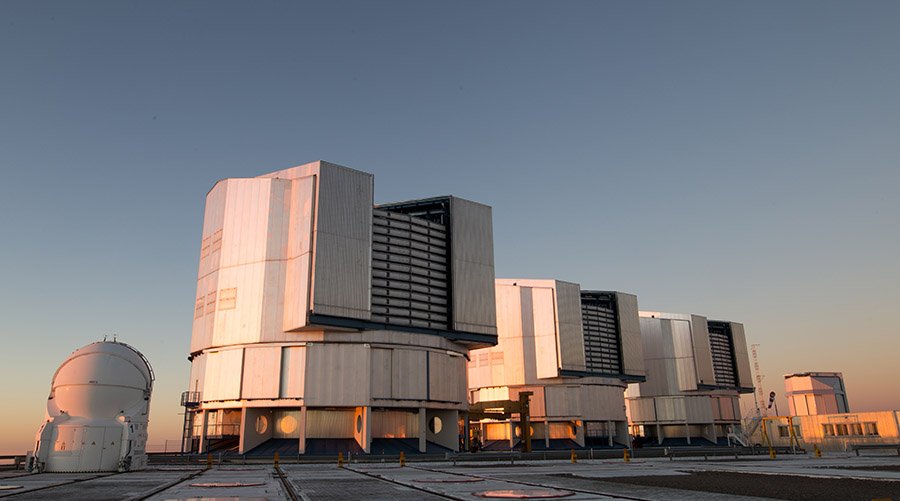
With its clear, unpolluted skies, Chile is an ideal location for astronomical observations. The country is home to some of the world’s most advanced observatories, like the Atacama Large Millimeter/submillimeter Array (ALMA) and the Very Large Telescope (VLT).
These facilities have contributed significantly to our understanding of the universe, including studying distant galaxies, tracking near-Earth asteroids, and searching for potentially habitable planets.
23. Paleoichthyology Contributions
Chile’s rich fossil record has shed light on the evolution of various prehistoric species. Notably, the discovery of a fossilized skull of an extinct species of bony-toothed bird, or pelagornithid, in the Atacama Desert, provided valuable insights into avian evolution.
Chile’s contributions to paleoichthyology, the study of ancient fish, have also been significant.
Economic Contributions
24. Copper Production
Chile’s economy relies heavily on its mining industry, particularly copper mining. The country is the world’s largest producer of copper, accounting for over a quarter of global production.
Chile’s copper exports have played a crucial role in its economic development and continue to drive its economy today.
Sports and Recreation
25. Football (Soccer)
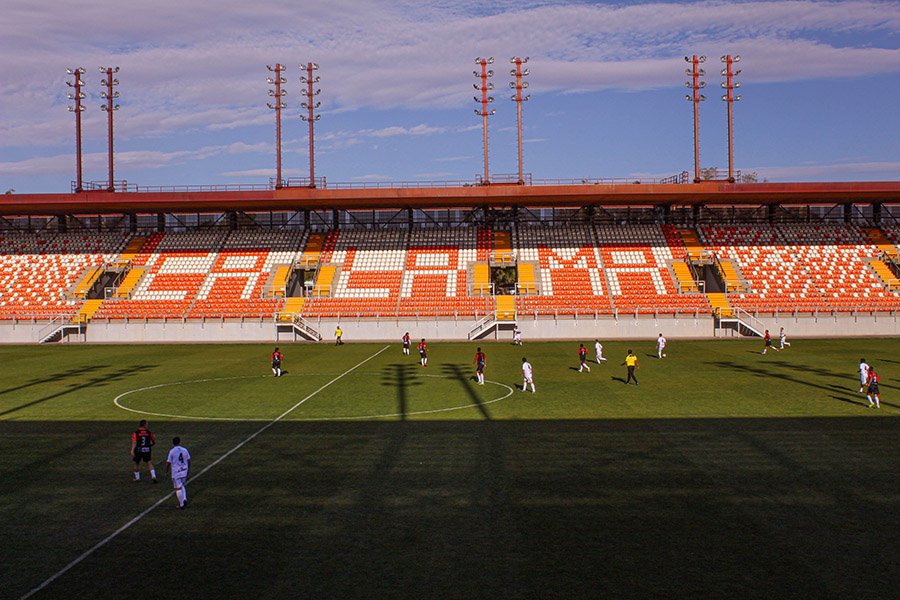
Football is more than just a sport in Chile; it’s a national passion. The country’s national team, “La Roja,” has a fervent following, with their matches drawing large, enthusiastic crowds.
Chile’s football culture has produced many talented players who have excelled at both the national and international levels.
Education and Innovation
26. Education Reforms
Chile has been at the forefront of education reform in Latin America. The country has undertaken significant measures to improve the quality of its education, increase enrollment rates, and reduce disparities in educational attainment.
Initiatives have included extending compulsory education, promoting early childhood education, and implementing merit-based teacher evaluations.
Famous Celebrations/Festivals
27. Fiestas Patrias
The Fiestas Patrias are Chile’s national holidays, celebrated with much enthusiasm and pride. The celebrations include vibrant parades, traditional music and dance, rodeos, and gastronomic fairs.
Particularly famous is the “grito de independencia,” a communal shout made on the eve of Independence Day, which commemorates Chile’s declaration of independence from Spain.
28. Tapati Rapa Nui
The Tapati Rapa Nui is an annual festival on Easter Island that celebrates Rapa Nui culture. The festival includes various competitions, such as singing, dancing, and traditional sports, as well as a triathlon unique to the island.
The highlight is the election of the queen of the festival, whose supporting team must win the most competitions.
29. Vendimia Festival
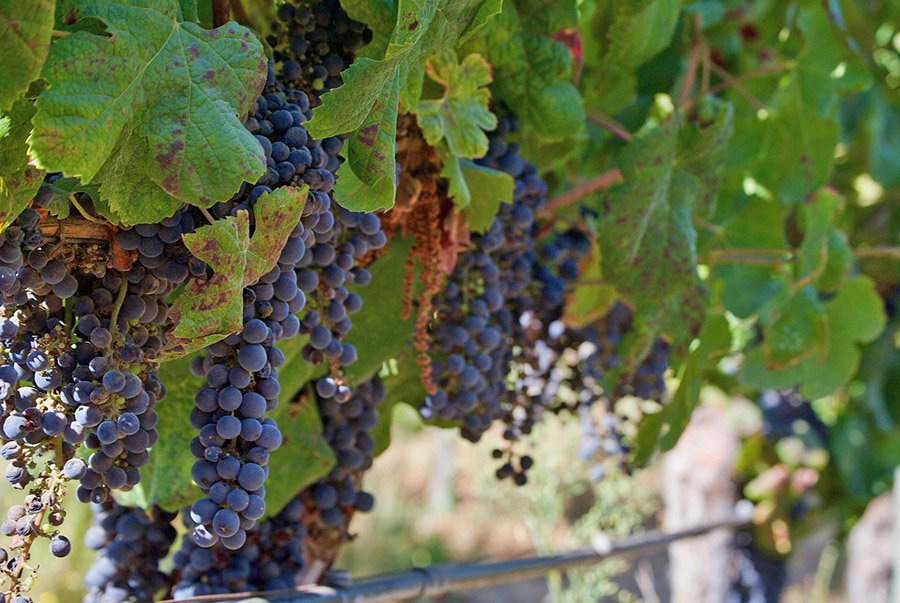
Chile’s wine regions celebrate the grape harvest with the Vendimia festival. These celebrations feature grape stomping, wine tasting, music, dance, and the crowning of the Harvest Queen.
It’s a time for the winemakers to share the fruits of their labor and for visitors to learn about the winemaking process.
30. New Year’s Eve in Valparaíso
New Year’s Eve in Valparaíso is renowned for its spectacular fireworks display, one of the largest in South America. The city’s bay provides a natural amphitheater for the event, which attracts hundreds of thousands of visitors each year.
Music, parties, and traditional “Cena de Año Nuevo” (New Year’s Dinner) complement the festivities.
Final Thoughts
With its vast natural beauty, rich history, vibrant culture, and warm people, Chile is truly a treasure to behold. Its global contributions, from literature and cuisine to economic growth and education, have left a significant impact on the world. As we’ve seen in this list, there are countless reasons why Chile is known and beloved worldwide.
